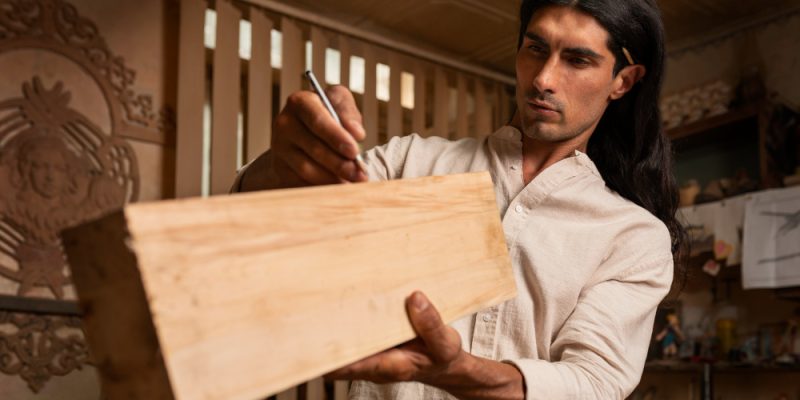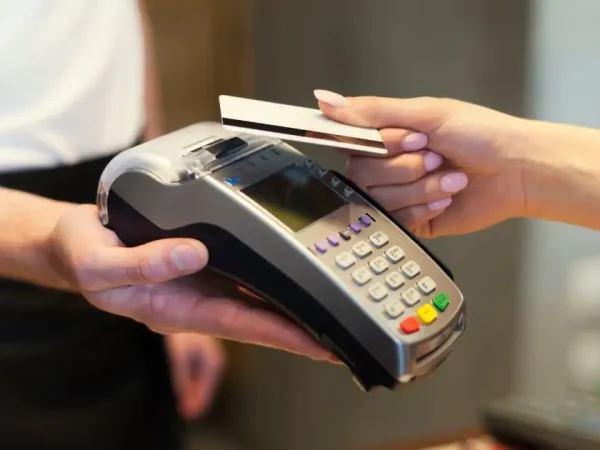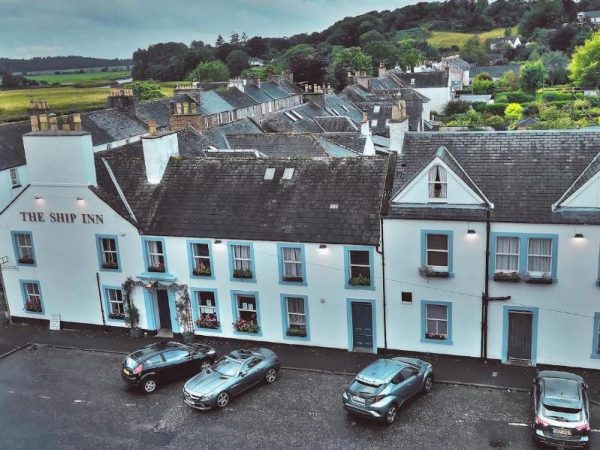Particle Board 101: Understanding the Basics of this Versatile Material

Particle board, often referred to as chipboard, is a widely used engineered wood product known for its affordability and versatility. It’s composed of wood particles, such as sawdust and wood chips, bonded together with adhesive under heat and pressure. In this comprehensive guide, we’ll delve into the fundamentals of particle board, its manufacturing process, applications, advantages, and potential drawbacks.
History of ParticleBoard
Particle board has a rich history dating back to the early 20th century. Its development was spurred by the need for an inexpensive alternative to solid wood. In 1887, a German inventor named Max Himmelheber patented the first process for producing particle board. However, it wasn’t until the mid-20th century that particleboard gained widespread popularity in construction and furniture manufacturing.
Composition and Manufacturing Process
Particle board is typically made from wood particles, adhesive, and sometimes other additives such as wax or resin. The manufacturing process involves several steps, including:
- Wood Preparation: Raw wood materials are chipped, shredded, or ground into small particles.
- Blending: The wood particles are mixed with adhesive and other additives in precise proportions.
- Forming: The blended mixture is spread onto a flat surface and pressed into sheets under high temperature and pressure.
- Finishing: After curing, the particleboard may undergo additional processing, such as sanding or laminating, to achieve the desired surface texture and appearance.
Types of Particle Board
There are several types of particle board available, each with its own unique characteristics and applications. Common variations include:
- Standard ParticleBoard: Basic particleboard suitable for general-purpose applications.
- Moisture-Resistant ParticleBoard: Treated with additives to enhance water resistance, ideal for use in humid environments such as kitchens and bathrooms.
- Fire-Rated ParticleBoard: Designed to meet specific fire safety requirements, often used in commercial buildings and public spaces.
Applications of Particle Board
Particle board find a wide range of applications in construction, furniture manufacturing, and interior design. Some common uses include:
- Cabinets and Shelving: Particleboard is frequently used as a substrate for kitchen cabinets, closets, and bookshelves.
- Furniture Components: It serves as a cost-effective material for producing furniture components such as tabletops, drawer bottoms, and chair seats.
- Wall Panels and Partitiones.
- s: Particleboard panels are utilized in wall construction and interior partitions for their lightweight and structural properti
Advantages of Particle Board
Particleboard offers several advantages over other building materials, including:
- Affordability: Particleboard is typically more cost-effective than solid wood or plywood, making it an attractive option for budget-conscious projects.
- Uniformity: Its consistent composition and manufacturing process result in uniform density and thickness, ensuring predictable performance.
- Versatility: Particleboard can be easily shaped, cut, and finished to suit a variety of applications and design requirements.
Drawbacks of Particle Board
Despite its popularity, particleboard has some inherent limitations, including:
- Susceptibility to Moisture: Standard particle board is prone to swelling and warping when exposed to moisture, limiting its use in wet environments.
- Strength and Durability: While suitable for many applications, particleboard may not offer the same strength and durability as solid wood or plywood, particularly in load-bearing structures.
- Environmental Concerns: Some environmentalists raise concerns about the use of adhesives containing formaldehyde in particle board manufacturing, although efforts have been made to develop low-emission alternatives.
Maintenance and Care
Proper maintenance is essential to prolonging the lifespan of particle board products. Here are some tips for caring for particleboard furniture and surfaces:
- Avoid Excessive Moisture: Keep particleboard furniture away from sources of moisture and use coasters or mats to protect against spills.
- Use Furniture Protectors: Place felt pads or rubber bumpers under heavy objects to prevent scratching and denting.
- Clean Regularly: Dust particleboard surfaces regularly with a soft cloth or vacuum cleaner attachment to prevent buildup and maintain appearance.
Sustainability and Environmental Impact
As concerns about sustainability and environmental responsibility grow, the use of particle board has come under scrutiny. While it is made from wood waste and is considered a form of recycling, the manufacturing process and use of adhesives raise environmental concerns. However, efforts are underway to develop greener alternatives and improve the sustainability of particleboard production.
Future Trends and Innovations
The particle board industry continues to evolve, driven by advancements in technology and changing consumer preferences. Some emerging trends and innovations include:
- Sustainable Materials: Increasing demand for eco-friendly alternatives is driving research into bio-based adhesives and renewable raw materials.
- Digital Manufacturing: Advances in CNC machining and digital fabrication techniques are enabling more precise and efficient production of particleboard components.
- Customization and Personalization: Consumers are seeking personalised products and custom finishes, prompting manufacturers to offer a wider range of options and configurations.
Conclusion
Particleboard is a versatile and cost-effective building material with a wide range of applications in construction, furniture manufacturing, and interior design. While it offers numerous benefits, including affordability and versatility, it also has some limitations and environmental considerations. As technology advances and consumer preferences evolve, the particle board industry is poised for continued innovation and growth.
FAQs
1. Is particle board as strong as plywood?
While particleboard is generally less strong than plywood, it can still be suitable for many applications. However, plywood is typically preferred for projects requiring greater strength and durability.
2. Can particle board be used outdoors?
Standard particleboard is not recommended for outdoor use due to its susceptibility to moisture damage. However, moisture-resistant and weatherproof variants are available for outdoor applications.
3. Is particle board recyclable?
Particleboard can be recycled, as it is made from wood waste and other recycled materials. However, the recycling process may vary depending on local facilities and regulations.
4. How do I repair water damage to particle board furniture?
Repairing water damage to particleboard furniture can be challenging. Depending on the extent of the damage, options may include sanding, filling, and refinishing the affected area, or replacing damaged components altogether.
5. Are there alternatives to traditional board adhesives?
Yes, there are alternatives to traditional adhesives containing formaldehyde, such as soy-based adhesives and low-emission formulations. These alternatives offer reduced environmental impact and improved indoor air quality.
Also read: SPORTS DIRECT SOUTHPORT: 10 MUST-HAVE FITNESS ESSENTIALS FOR YOUR WORKOUT











